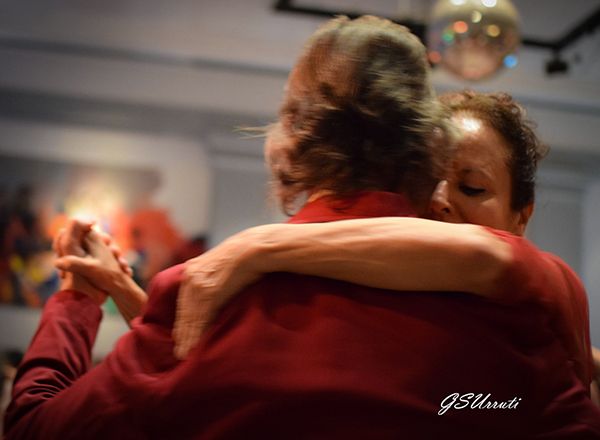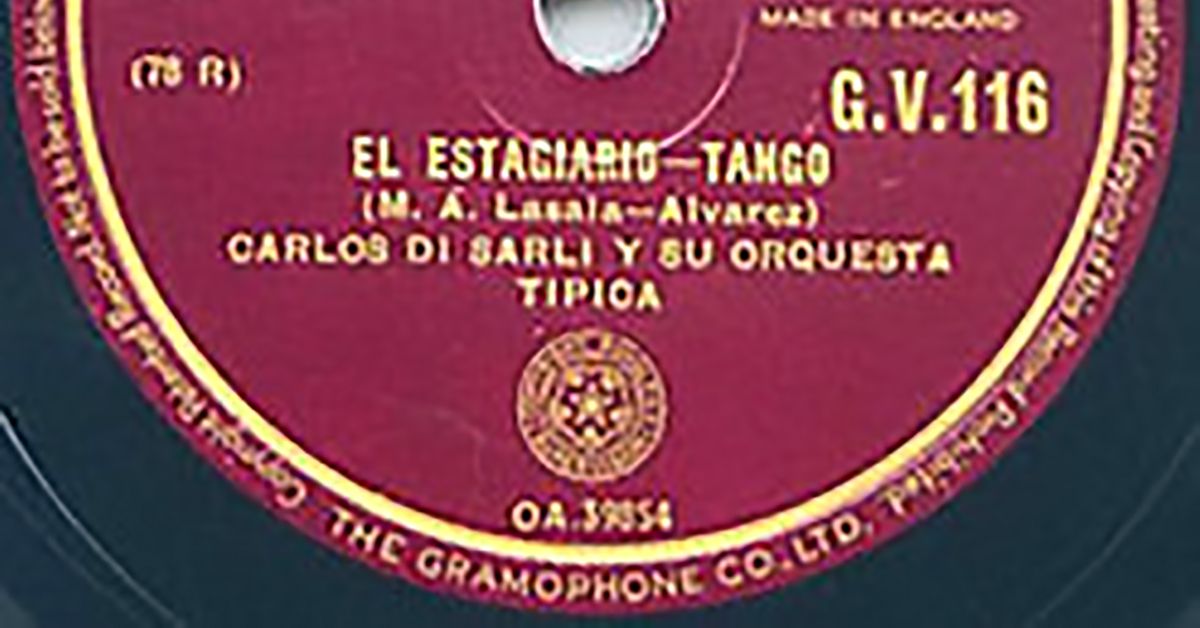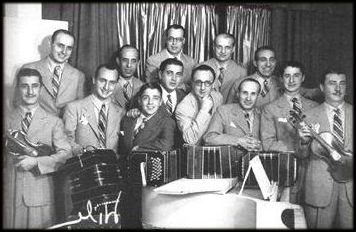“El bulín de la calle Ayacucho” by Anibal Troilo y su Orquesta Típica with Francisco Fiorentino in vocals, 1941.
“El bulín de la calle Ayacucho” by Anibal Troilo y su Orquesta Típica with Francisco Fiorentino in vocals, 1941.

José Servidio
Bandoneonist, leader and composer (18 March 1900 – 6 June 1969)
The lyrics of “El bulín de la calle Ayacucho” belong to Celedonio Flores and the music to the brothers José and Luis Servidio.
It has been a number with a wide popular acclaim.
The brothers used to sign together without caring whose part was more important.
So there were numbers entirely composed by Luis and other ones by José.
But when José was asked about “El bulín de la calle Ayacucho” he said it entirely belonged to him.
In 1923, Celedonio sent the lyrics of this new tango to José Servidio.
Referring to Negro Cele, José said: “We were friends since childhood. He lived on Velazco Street between Malabia and Canning. I composed the music in a couple of days. The apartment really existed on 1443 Ayacucho Street. It was a cozy little room in which we did not even miss mice.”
Read more about “El bulín de la calle Ayacucho” at www.todotango.com
Listen and buy:
-
Amazon music
-
iTunes music
-
Spotify
We are happy to have a collaboration with the people from tangotunes.com from whom some of you may have heard, they do hi-quality transfers from original tango shellacs.
It is the number 1 source for professional Tango DJs all over the world.
- Now they started a new project that address the dancers and the website is https://en.mytango.online
You will find two compilations at the beginning, one tango and one vals compilation in an amazing quality.
The price is 50€ each (for 32 songs each compilation) and now the good news!
If you enter the promo code 8343 when you register at this site you will get a 20% discount!
Thanks for supporting this project, you will find other useful information on the site, a great initiative.
More Argentine Tango music selected for you:
We have lots more music and history







